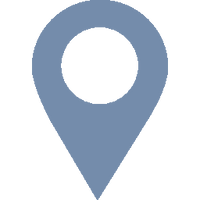Few things are more exciting than coming up with an idea, reduce it to a prototype, and beginning to sell it.
There is also nothing worse than having your invention stolen, ripped off, and claimed as being invented by someone else.
First to Invent
Being the first to invent something is exciting. Few things are more exciting than coming up with an idea, reduce it to a prototype, and beginning to sell it. There is also nothing worse than having your invention stolen, ripped off, and claimed as being invented by someone else.


Priority Date
To establish who invented something first, the government sets priority dates. The United States Patent and Trademark Office (USPTO) assigns a priority date to your invention the day you file your patent application. The priority date represents the day that the USPTO defines as the day you created your invention. Once your priority date is set, anyone who comes along after you with the same or similar invention runs into your patent.
Setting the date
When do you want to set your priority date? As early as possible. Typically startups and small businesses will go through a few iterations for an invention before landing on the final product. Once you have defined your product and can fully explain the details of your invention and before you begin showing prototype/product to others, you should contact a patent attorney. The patent attorney can help you prepare and file a patent application to set your priority date.


Patent Pending
Once you set the priority date, you are free to mark your invention as patent pending and begin pitching to investors or selling your product. Also, keep in mind that once you show your invention to the public or start selling it, you have a year from that day that you have to file your patent application or you lose your ability to file that patent application for good.
Our Products
Flat Fee Pricing - Straightforward for Patents and Trademarks







